
surfresearch.com.au
tracks : snippets, 1973.
tracks : snippets, 1973.
|
|
|
|
|
|
 |
surfresearch.com.au
tracks : snippets, 1973. |
| beauty, and in this
beauty lies his art. Any person who sees this art cannot help but acknowledge it. They may not understand the finer points and motives behind what they are viewing, but they will instantly recognise the forms and postures used in relation to the wave are are similar to those of an accomplished dancer, and his partner, or the matador and his bull. Man works with the wave but the wave must apply the maximum challenge. If the wave does not, then the actions of the surfer are mimicry and all in vain. Young surfers practising on small waves are compared to boys encouraging the baby bulls so that they can learn of their courage and acquire skill. There is no end to what I feel can be said of good surfing. It is much more than the much hacked "then my mate ripped the glassy tubes to pieces," that we see so often in magazines. It is unfortunate that many of the people who see surfing prefer to remain so inarticulate as to be unable to give credit to each of the really good surfers and insist on siding with whoever is 'in' at the moment. Perhaps when the surfers themselves can appreciate where their surfing has led them they will come up with answers to many questions that non-surfing association officials cannot answer. |
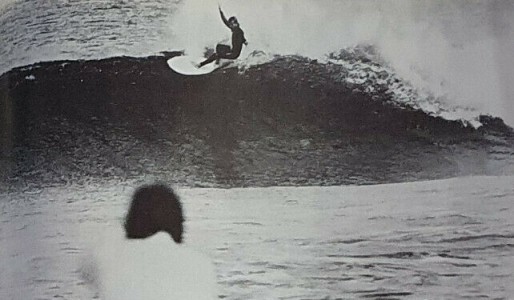 |
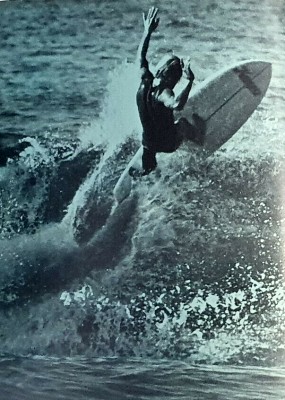 Col
Smith Col
Smith |
Page 2 6 9 11 18 25 28 56 60 65 70 72 78 |
Contents
LettersDana Nicely The New Zealand Championships — Kim Wesierskov North - Richard Harvey Harvey Winter: Refraction and Release Sounds - Richard Kavanough Invisible Tracks - Kemp Aaberg Bondi - Geoff Luton Midget A Disconcerted, Dissertation on dis scene - Bob Cooper Profile on a Club-Manly Pacific |
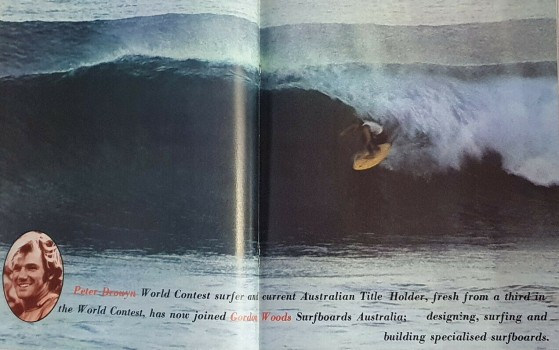 Gordon
Woods Surfboards - Peter Drouyn
|
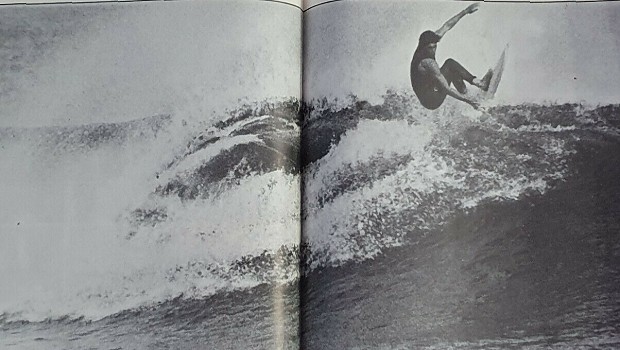 Wayne Lynch
|
|
Back Cover: |
Surfing World Number 81 Volume 14 Number 3 1970 Cover: Paul McKinney Honolua Bay |
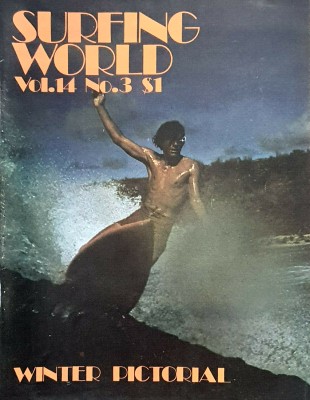
|
|
|
|
|
|
|